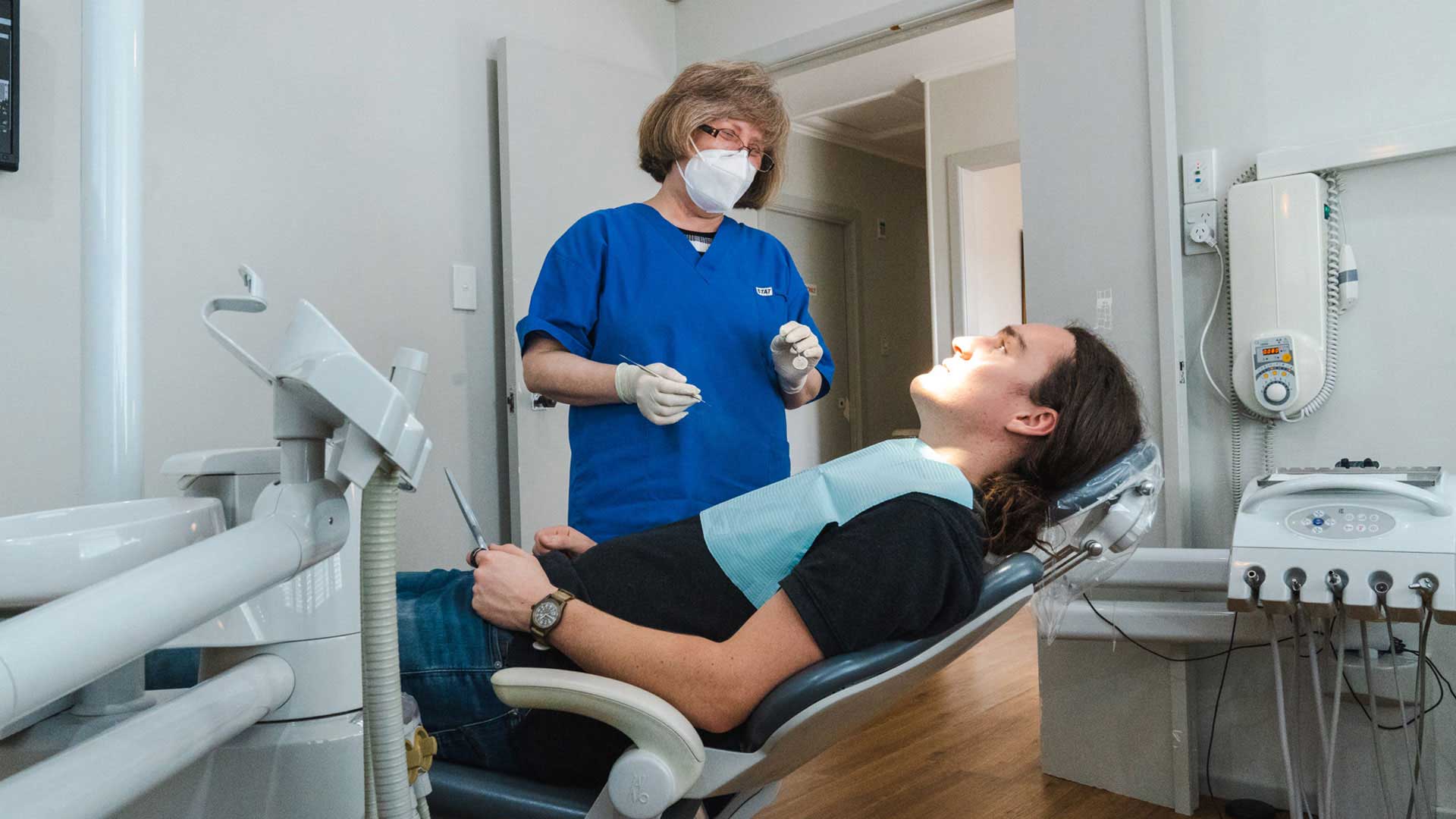Tooth Extractions

Dr Nada will always try to save a damaged tooth through treatments like root canals, but sometimes a tooth is too badly damaged and extraction is necessary.
Extractions can also occur when to make space for new teeth, during orthodontic treatments, or to remove wisdom teeth.
Reasons for Tooth Extractions
- Decay or Damage: Severe decay or trauma to a tooth might require removal.
- Dental Infection: If decay reaches the tooth’s pulp, extraction might be the only option if a root canal can’t save it.
- Crowded Teeth: Teeth might be removed to help align the remaining teeth properly during orthodontic treatments.
- Infection Risk: If you’re undergoing treatments like chemotherapy or organ transplants, any risk of infection from a tooth is taken seriously, and extraction might be needed.
- Gum Disease: Advanced gum disease can loosen teeth, making extraction necessary.
Tooth Extraction Process
The process usually takes 30 to 90 minutes and involves these steps.
- Anaesthesia: Local or general anaesthesia is used to numb the area.
- Teeth Removal: The dentist loosens the tooth and removes it. Sometimes, the tooth needs to be broken and removed in pieces.
- Post-Extraction Care: A gauze pad is used to stop bleeding, and stitches may be placed if needed. Healing typically takes a few days,
Post-Extraction Care
- Immediate Steps: Take painkillers as advised and apply ice to reduce swelling.
- Next 48 Hours: Avoid spitting forcefully or rinsing your mouth to prevent dislodging the clot.
- Diet: Stick to soft foods and avoid smoking until the socket heals. Gradually reintroduce solid foods.
